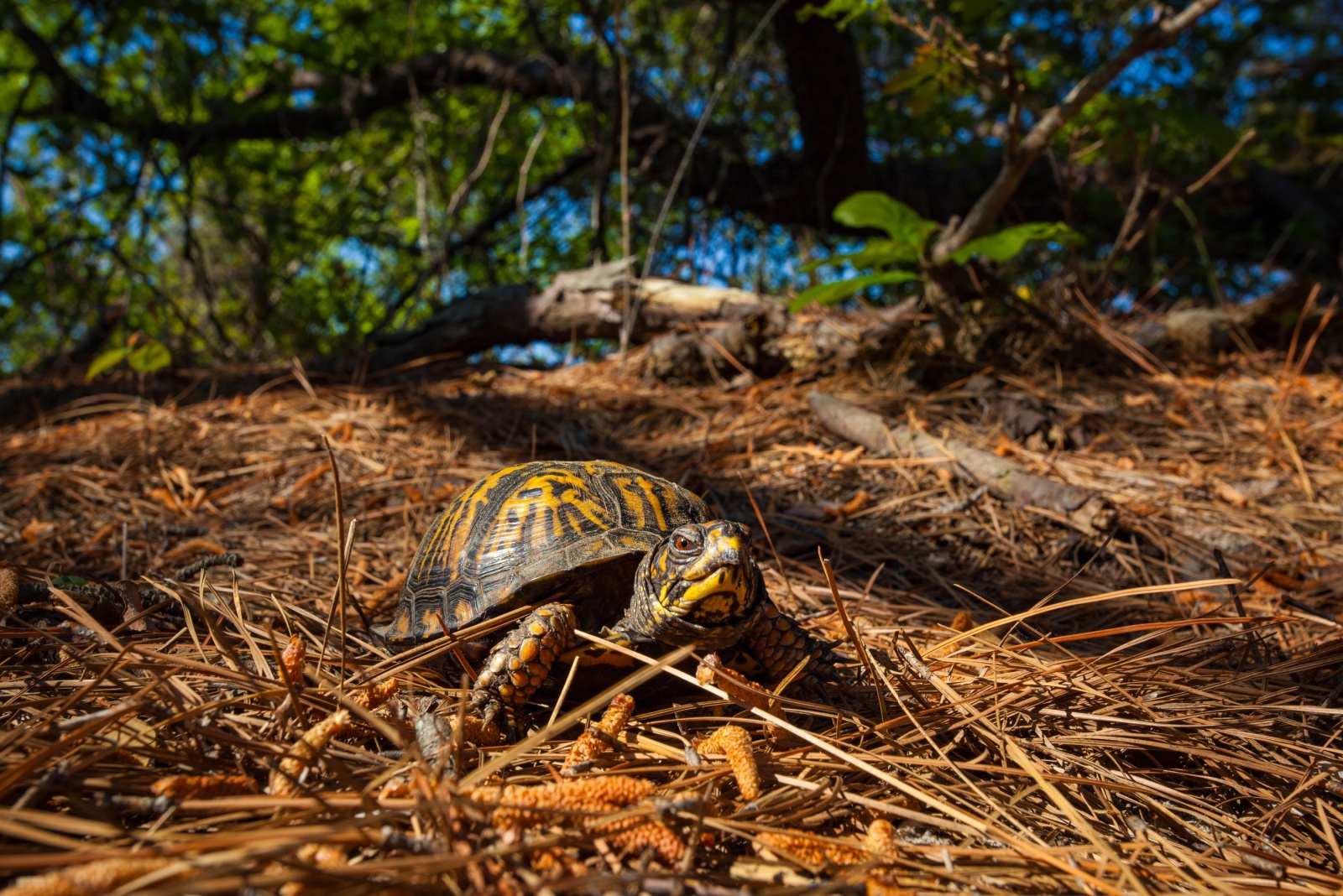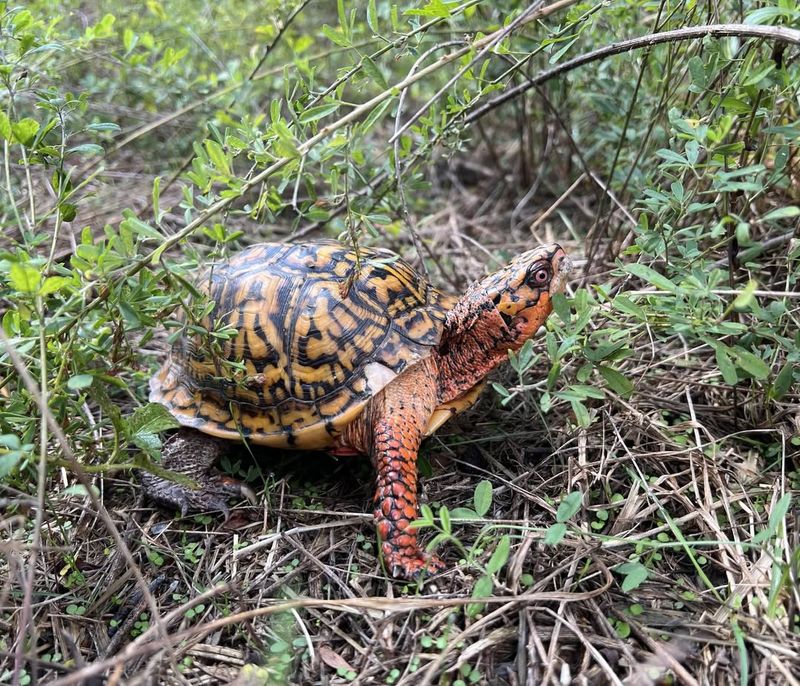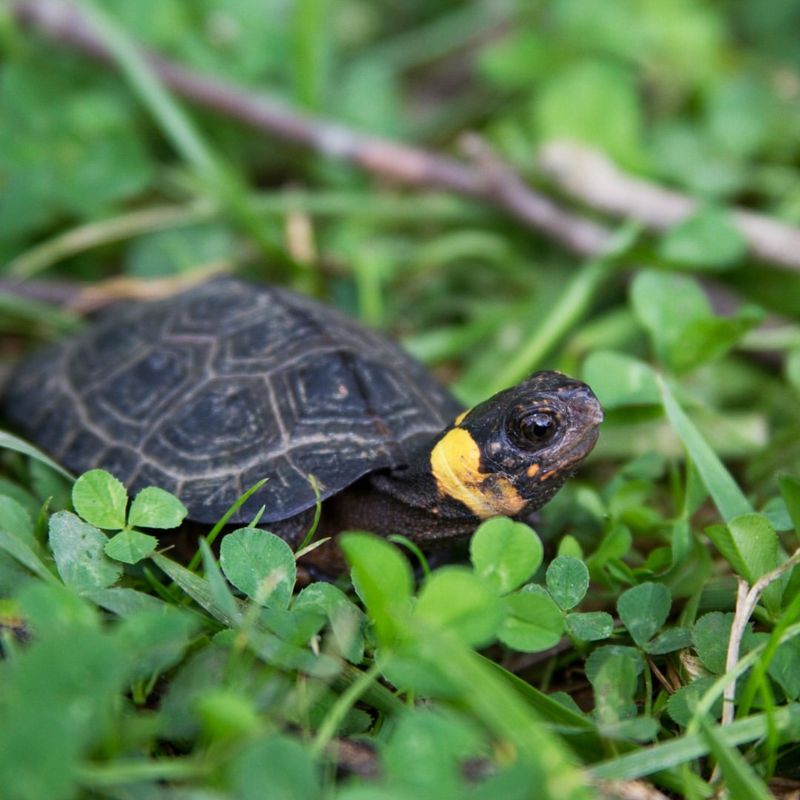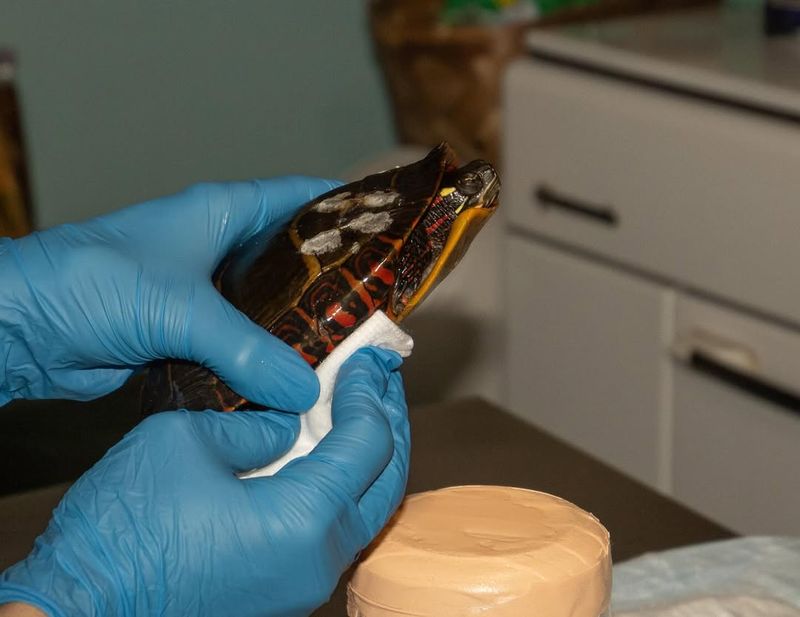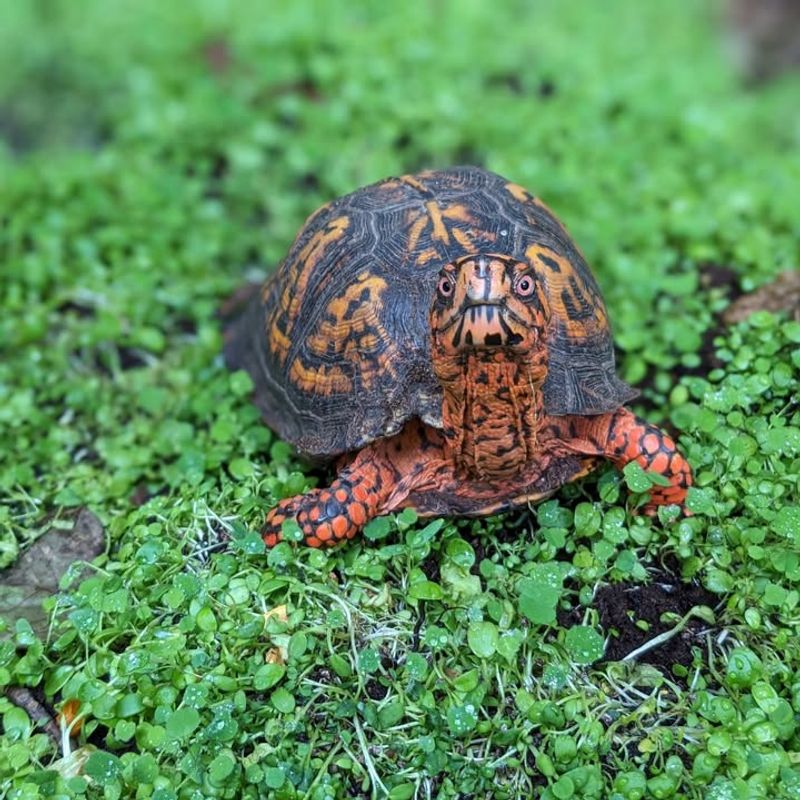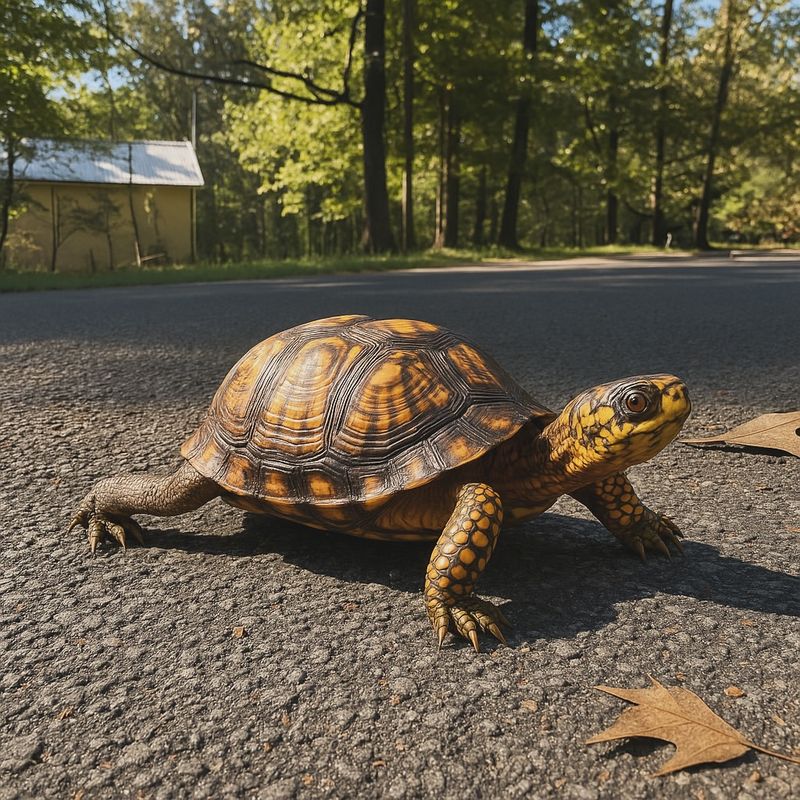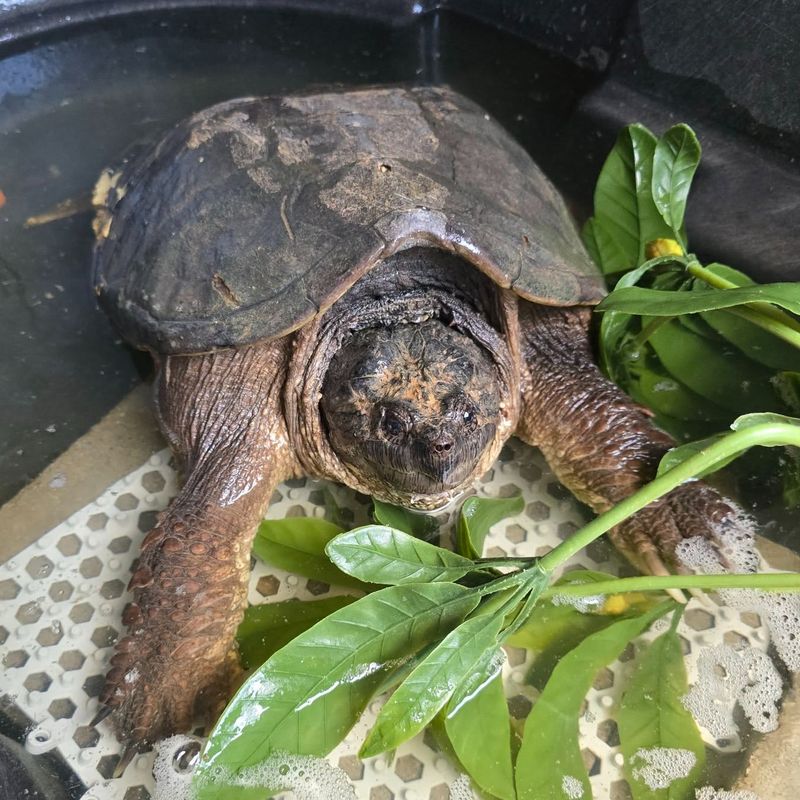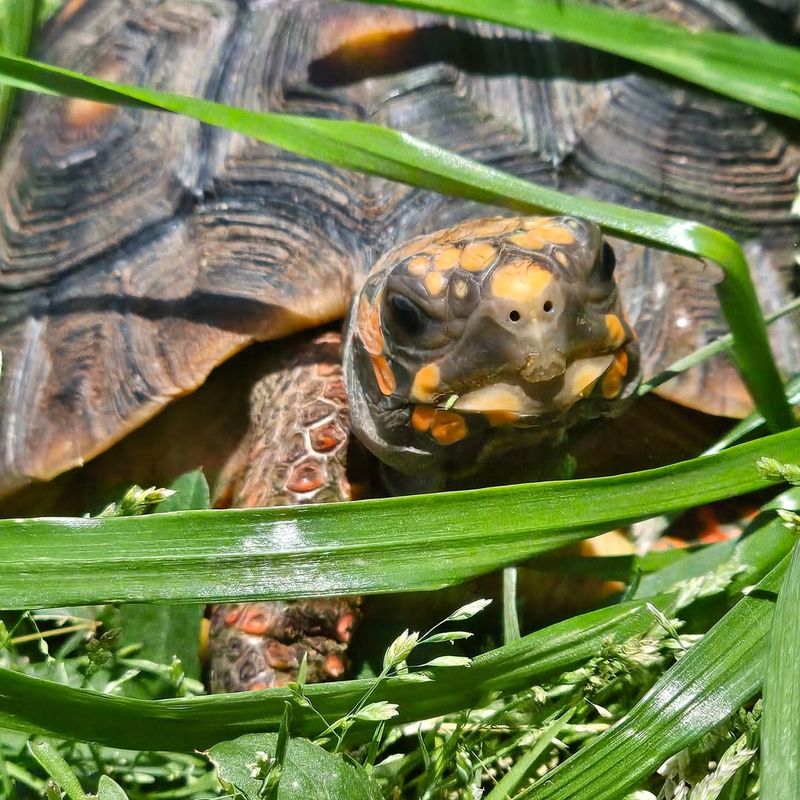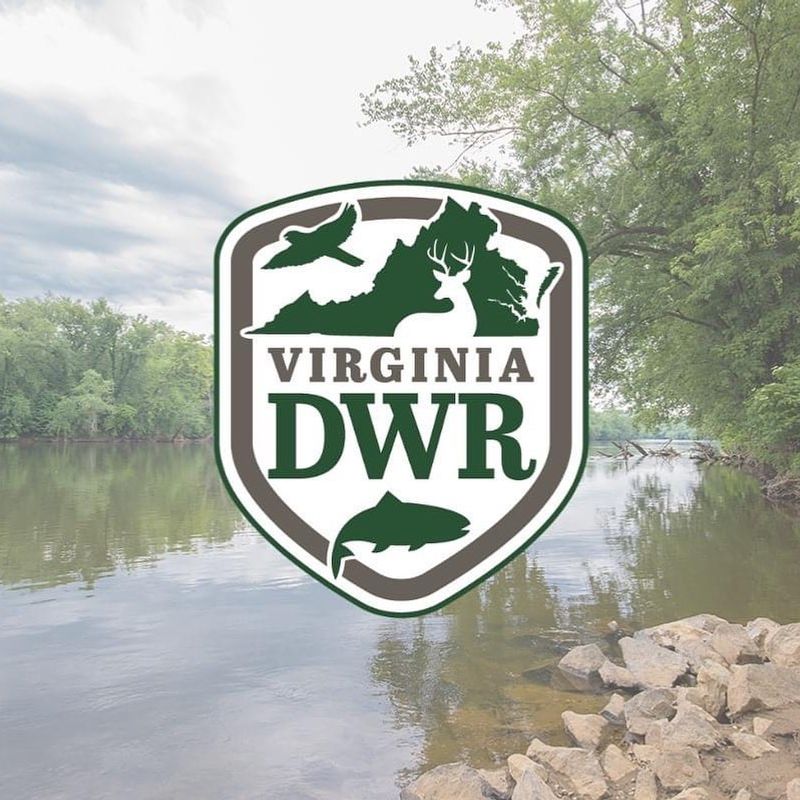Virginia’s backyards are full of life—from cardinals and chipmunks to the occasional turtle on a slow and steady stroll. These shelled wanderers are part of the state’s natural heritage, but many well-meaning homeowners accidentally make things harder for them.
Before you interfere, learn how to handle the encounter safely and responsibly. Here are 8 steps to take when a turtle turns up in your yard.
1. Observe From A Safe Distance First
Before rushing over, take a moment to watch the turtle from where you stand. Many turtles feel threatened when humans approach too quickly, which can cause unnecessary stress.
Box turtles might retreat into their shells, while snapping turtles could become defensive. Keeping your distance initially helps you identify the species and assess whether the turtle needs help or is simply passing through your property on its natural journey.
2. Identify The Turtle Species
Virginia hosts several turtle species, each with distinct features. Eastern box turtles have domed shells with yellow or orange patterns, while snapping turtles sport rough, dark shells and powerful jaws.
Painted turtles display colorful markings along their shells and skin. Knowing which type you’ve found determines your next steps since some species require extra caution during handling. Take clear photos if you’re unsure and research online or contact wildlife experts.
3. Check If The Turtle Is Injured
Look carefully for any signs of injury without touching the turtle yet. Cracks in the shell, bleeding, or unusual behavior like tilting to one side indicate potential problems.
Turtles hit by lawn mowers often have shell damage, while those attacked by predators might show bite marks. If you notice injuries, the turtle needs professional help from a wildlife rehabilitator. Healthy turtles move steadily and have clear eyes without discharge or swelling around their limbs.
4. Avoid Relocating Turtles Far Away
Turtles possess incredible homing instincts and know their territory well. Moving them far from where you found them causes serious problems.
Relocated turtles spend months trying to return home, crossing dangerous roads and facing unfamiliar predators. If the turtle isn’t in immediate danger, let it continue on its way. When relocation is necessary for safety, move it only a short distance in the direction it was already heading, preferably to nearby woods or protected areas.
5. Handle Box Turtles With Gentle Care
Box turtles are Virginia’s most common yard visitors and generally safe to handle. Always pick them up using both hands, supporting the shell from the sides near the middle.
Never grab them by the legs or tail, as this causes injury and distress. Wash your hands thoroughly afterward since turtles can carry salmonella bacteria. Keep handling time brief and avoid letting children handle turtles without adult supervision to ensure everyone’s safety and the turtle’s wellbeing.
6. Exercise Extreme Caution With Snapping Turtles
Snapping turtles deserve serious respect because of their powerful bite and long neck reach. Never approach them from the front or attempt to touch their head area.
If you must move one, use a shovel or large piece of cardboard to gently coax it onto the tool, then carry it away. Alternatively, grab the back of the shell near the tail, keeping your hands far from the head. Their bite can cause severe injury, so call wildlife professionals if you’re uncomfortable handling them.
7. Provide Temporary Shelter If Needed
Sometimes turtles need temporary housing while you contact wildlife experts. Use a cardboard box with air holes, adding damp towels to maintain humidity.
Place a shallow dish of water inside so the turtle can drink, but make sure it’s not deep enough to cause drowning. Keep the box in a quiet, cool area away from pets and direct sunlight. Never keep wild turtles as pets, as this violates Virginia law and harms their chances of survival in nature.
8. Contact Virginia Wildlife Authorities When Necessary
Virginia’s Department of Wildlife Resources offers guidance for turtle encounters and can connect you with licensed rehabilitators. Call them if you find injured turtles, nesting females in dangerous locations, or species you cannot identify.
Local wildlife rescue organizations also provide valuable assistance and advice. Keep their contact information handy during turtle season, which runs from spring through early fall. Professional help ensures turtles receive proper care while keeping you safe from potential bites or legal issues.

